3546Views 1Comment
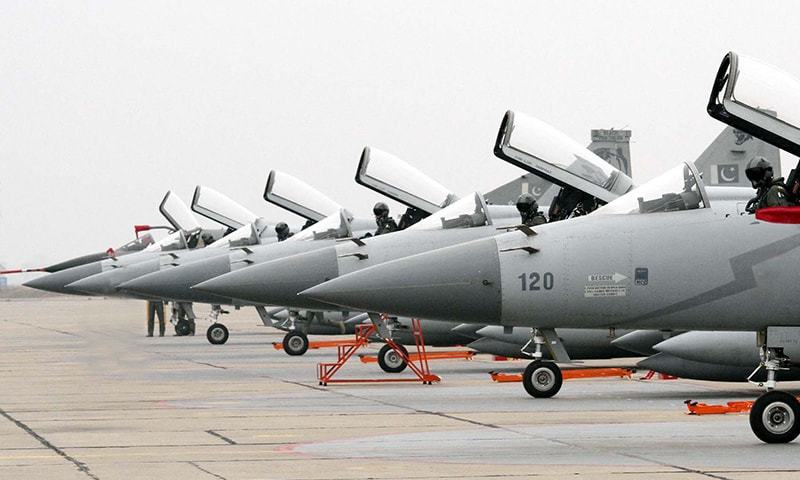
The JF-17 II: Introducing BVR & Precision Strike
By Bilal Khan
In my previous piece I took a high level look at the JF-17 program, and in broad strokes I identified the improvements it brought (and will continue) to bring to the Pakistan Air Force (PAF). With this article, I am going to begin taking a deeper look at numerous aspects of the JF-17 program, e.g. the operational enhancements it offers to the PAF, its known and possible upgrade paths, and its place in the wider combat aircraft market. In this article, I am going to study the operational enhancements, specifically in terms of logistical and maintenance streamlining and boosting the PAF’s overall combat capabilities.
For some context, it would be a good idea to recall exactly what the PAF was flying prior to the induction of the JF-17 Block-I. Through the 1990s and most of the 2000s, the backbone of the PAF’s fleet was composed of the Chengdu F-7P/PG Skybolt and Dassault Mirage III & 5. In addition, the PAF also operated the A-5 (a ground-attack focused variant of the Shenyang F-6) and F-16A/B Block-15, the latter split between two squadrons (down from the original three when the fighter was originally inducted).
To help ease the shortfalls experienced as a result of the Pressler Amendment, the PAF also inducted surplus Mirage III & 5 aircraft from Australia, Spain, Lebanon and Libya, and subsequently upgraded many of the airframes under the Retrofit Strike Element (ROSE) program. It is worth noting that the ROSE program was, at least on its own terms, a good upgrade as it allowed the PAF to equip its Mirage IIIs with a suite of modern radars, avionics and ECM/EW equipment. In addition, it imbued the Mirage with the capability to use beyond-visual-range air-to-air missiles (BVRAAM) and precision-guided munitions (PGM), though it is unclear if the PAF ever actually inducted BVRAAMs for the Mirage (ambiguous media reports notwithstanding). However, it did integrate its Mirages with the H-2 and H-4 series of precision-guided glide bombs (likely based on the Denel Raptor-I and II).
But the lack of new F-16s (or a modern fighter in lieu of it) was being felt, especially in the context of the Indian Air Force’s modernization programs (centering on the Su-30MKI). Simply replacing the F-7s and Mirages was not going to be enough for the PAF, it needed something that not only offered a substantive improvement, but gave it something that was in line with the expectations of the day. The sense one gets from the 1990s and 2000s is that most of the PAF’s fighters did not and – for the most part – could not utilize the latest in combat technology. Even the Mirages, which could be equipped with some level of BVR and precision-guided strike capability, had a limit in terms of longevity. I would consider the Grifo-M on the Mirage ROSE in the upper limits of what that fighter could house, but the JF-17 Block-I – with its KLJ-7 – is ahead, yet it is still in its infancy compared to the Mirage.
Put simply, whenever sanctions hit, PAF had to depend on fighters that were a generation behind the ‘current.’ In the aftermath of the 1965 War the PAF had to source F-6s from China, but like the rest of its contemporaries, I am sure it would have preferred grabbing the Northrop F-5 Tiger II. And then when it was supposed to have been receiving F-16s, it was stuck increasing its dependence on F-7s and Mirage IIIs and 5s. The JF-17 Block-I is a different story. It is a contemporary of the fighters currently in service all over the world as well as most of the fighters being inducted in the near future. Yes, it is not a high-performance platform like the Dassault Rafale, but it is a platform capable of using most (if not potentially all) of the very same munitions and subsystems found on those high-performance systems. The only real bottleneck would be Pakistan’s financial capacities (which we can credit and blame the political leadership of the country, civilian and military alike).
The JF-17 Block-I uses the KLJ-7 mechanically-steered pulse-Doppler radar (developed by the Nanjing Research Institute of Electronic Technology or NRIET), and it can track targets from 75km (at 3m2 RCS – i.e. radar cross-section, an object’s detectability on radar) to 85km (at 5m2 RCS). The KLJ-7 can track up to 10 targets at beyond visual range, and simultaneously engage two with active-radar air-to-air missiles, such as the SD-10. Specific details about the JF-17 Block-I’s electronic warfare (EW) and electronic countermeasures (ECM) suite are difficult to come by, but it is similar in concept to the systems used on modern Western aircraft, such as the F-16C/D Block-52+ currently in PAF service. For example, it has an EW suite housed in the tailfin to interfere with enemy radars. There is also a Missile Approach Warning (MAW) system and Radar Warning Receiver (RWR). In addition, the JF-17 can also use modern EW jamming pods such as the KG-300G and newer KG-600 (apparently used on PLAAF Su-30s).
Granted, the JF-17 is not equal or superior to the Block-52+, but it was not meant to be (for now at least). What it was intended for was to serve as a fully effective backbone fighter. In other words, it was designed to assume the same duties as the Block-52+, and as a result, enable the PAF to take on every one of its operational tasks and responsibilities without being bottlenecked by a deficiency in able aircraft. This fact is plainly apparent in the munitions the JF-17 currently uses; they are similar (and comparable) to their respective American equivalents used on the PAF’s Block-52+.
The current weapons inventory of the JF-17 is composed of the SD-10 BVRAAM, PL-5EII WVRAAM, C-802A anti-ship missile (AShM), the LT-2, and the LS line of PGBs. According to the Stockholm International Peace Research Institute (SIPRI), the PAF ordered each of the aforementioned systems from China, and in large numbers (see chart below). It has also begun taking delivery of each munition.
The SD-10 is an active radar-guided BVRAAM with an approximate range of at least 70km. It functions in a similar manner to the AIM-120C5 (in use with the PAF’s F-16 Block-52+ and MLUs). The SD-10 is equipped with an active radar-guidance seeker as well as data-link supported inertial guidance system. The latter enables the SD-10 to be deployed mid-way to its prospective target, and in a later stage (i.e. the terminal or final stage) the active radar-guidance seeker can kick in to engage the target. Specific performance parameters are difficult to come by, but some have been willing to compare it to the AIM-120, such as Australian defence analyst Dr. Carlo Kopp. All that said, I would not rule out seeing improved iterations of it down the line (akin to the AIM-120), especially if the margin of improvement is significant.
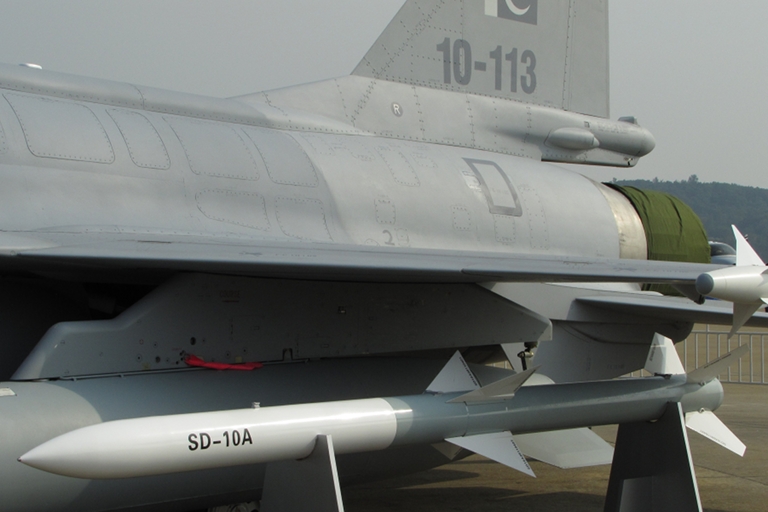
The PL-5EII is the JF-17’s core within visual range air-to-air missile. Although derived from an older platform, the PL-5EII is rated by its chief vendor the China National Aero-Technology Import & Export Corporation (CATIC) as “an improved 3rd generation short-range IR air-to-air missile, which features good anti-jamming capability and all-aspect attack capability.” Dr. Carlo Kopp put the PL-5EII in the same general category as the AIM-9M (which is also used by the PAF’s Block-52+ and MLU F-16s), and that is a fairly good category to be in, though one might prefer a 4th generation WVRAAM. And while there is a report out there suggesting that the PAF was at one interested in the Brazilian MAA-1B Piranha 2, that missile is still under development. Like the SD-10 in BVR, it seems that the PL-5EII is giving the PAF credible short-range air-to-air combat capabilities.

The JF-17’s air-to-surface would probably be a bit more surprising. While it was broadly understood JF-17-program was intended to strengthen the PAF’s general air defence threshold, it was not clear to what extent the fighter’s air-to-surface capabilities would be realized. At present, the JF-17’s air-to-surface weapons inventory consists of the LT-2, LS-3, LS-6, C-802A and CM-400AKG.
The LT-2 is a laser-guided bomb kit designed for standard general purpose bombs (GPB). It is basically used to equip a GPB (such as potentially the Mk.82) with a laser-based guidance kit. Unlike satellite-aided PGBs, laser guided bombs (LGBs) can be used on a standalone basis, i.e. without the support of a satellite-network. The effectiveness of LGBs can suffer however from poor weather conditions.
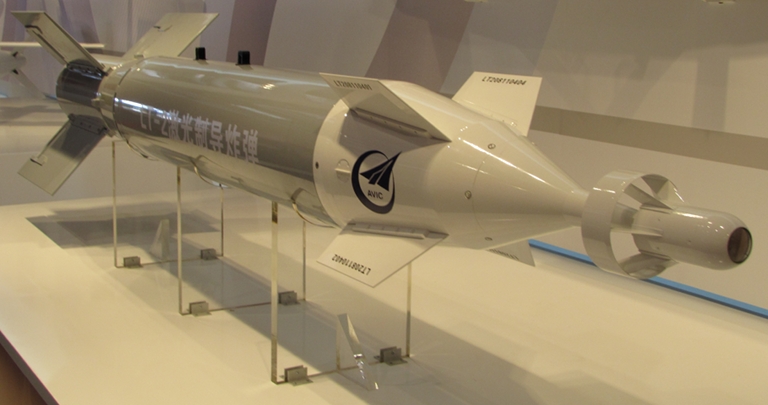
The LS-3 and LS-6 are satellite-based PGB kits for 250kg and 500kg GPBs, respectively, and are similar to the Boeing Joint Direct Attack Munition (JDAM) kit for Mk-82 and Mk-83 GPBs. Like the JDAM, the LS-3/6 is meant to augment an existing GPB with a guidance-system and glide-system, enabling the bomb to not only be more precise, but exhibit more range. In fact, the more apt comparison for the LS-3/6 would be the JDAM-ER (short for ‘Extended Range’), a stand-off munition.
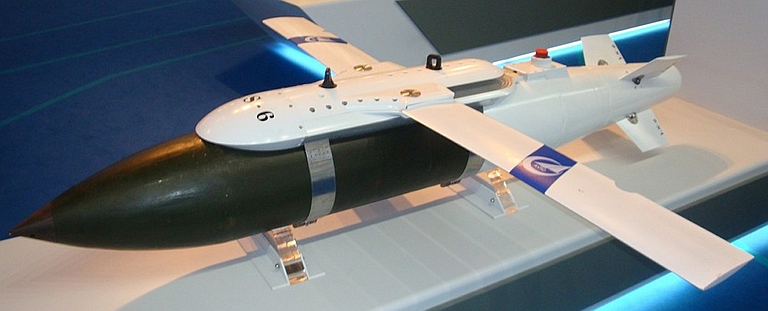
It is worth noting Pakistan also has its own PGB programs, e.g. the H2 and H4 line of precision-guided glide-bombs (likely based on the Denel Raptor-I and II) used on the Mirage ROSE. In addition, Pakistani vendors such as Global Industrial & Defence Solutions (GIDS) have also developed satellite-guided PGB kits. The GIDS Takbir is one such system, and like the U.S Joint Direct Attack Munition (JDAM) it seeks to emulate, it can be paired with the 250kg Mk-82 (and potentially 500kg Mk-83 and 1000kg Mk-84) series of GPBs, which the Pakistani company Air Weapons Complex produces.
The C-802A and CM-400AKG are anti-ship missiles (AShM). Both are, at heart, stand-off weapons in that they possess engagement ranges of 250-300km (assuming the variants Pakistan has are under the Missile Technology Control Regime limit of 300km). The C-802A is in line with emulating the Harpoon and Exocet-series of AShM, but the CM-400AKG is marketed as a hypersonic (Mach 4) missile designed to engage large ships such as aircraft carriers.
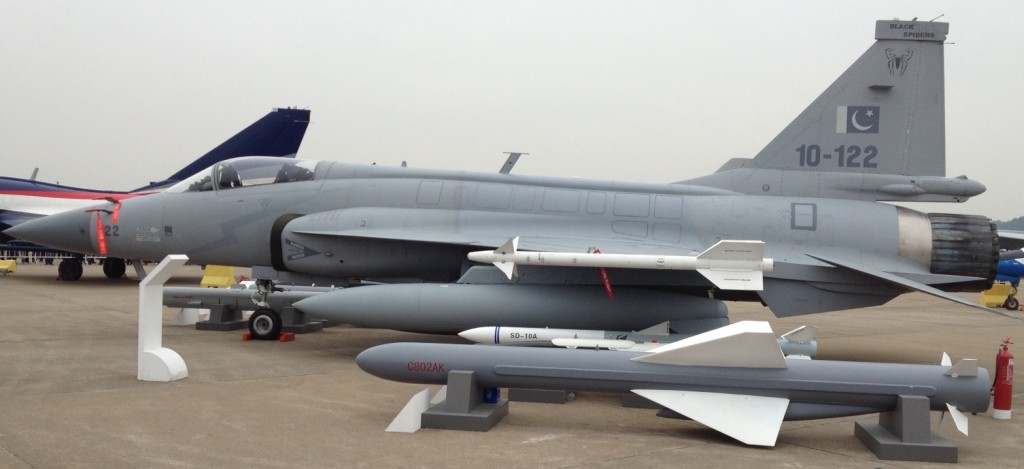
At this stage the JF-17 is serving the PAF as a proper multi-role fighter. It is equipped to adeptly support the PAF’s air defence responsibilities and, as it steadily assumes its post as backbone fighter, it will greatly improve the PAF’s attack and strike capabilities. It is evident from the above that the JF-17 is capable of taking on the very same roles as the Block-52+, and while it is not a superior platform, it is a modern and effective system the PAF can bank on in even the worst of times (i.e. sanctions).
But with all that said, I feel there are aspects to the JF-17’s induction that are not given their due. Yes, it is going diffusing strong air-to-air and air-to-surface capabilities across the whole fleet, but its transformative effects are going to run deeper.
Consider the fact that the JF-17 is replacing three separate platforms: The F-7P, Mirage III/5, and A-5. In supplanting those legacy fighter aircraft, the JF-17 is enabling the PAF to collapse three different logistical and maintenance channels into one single stream. In addition to streamlining costs in training, parts sourcing, etc, this change will allow the PAF to swiftly allocate JF-17s between each and every one of its air bases without having to worry about the receiving crew’s capacity to maintain and operate the aircraft (since the JF-17 is the sole backbone, most maintenance and flight personnel will be intimately familiar with it). In times of war the PAF can readily respond to dynamically shifting conditions, e.g. should Southern Command require more anti-ship capable fighters, available units from the North could be sent, and the South can adapt to using them immediately. These ‘little’ things can add up in times of war.
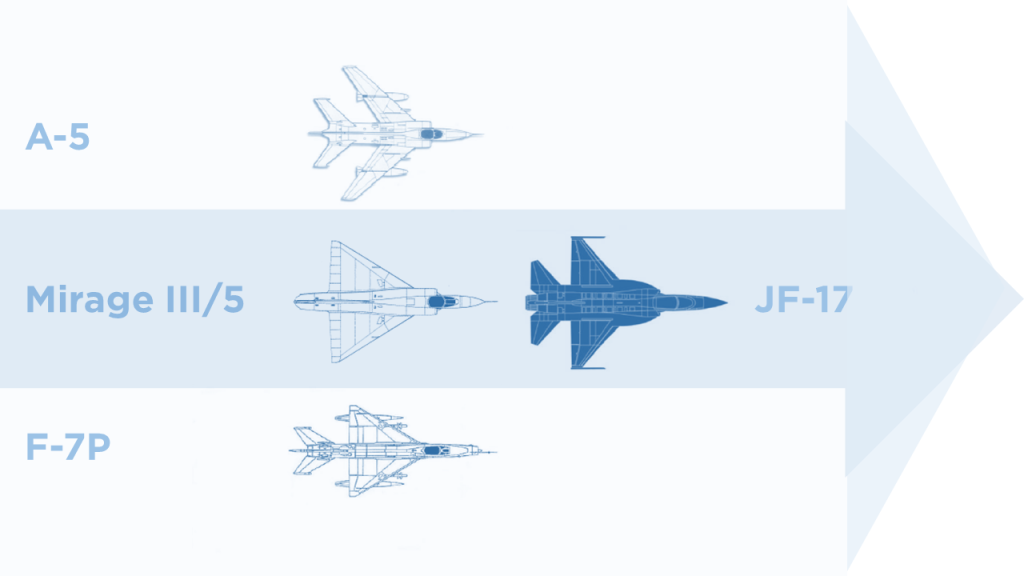
The third aspect (in addition to being able to carry advanced weapons and ease the PAF’s logistical priorities) is the network-centric nature of the JF-17. To be fair this shift is not tied to exclusively to the JF-17, but is part of a wider shift in the PAF to tightly connect its key assets. By connecting land and air-based surveillance and communication network (involving radars, airborne early warning & control aircraft or AEW&C, fighter aircraft, and possibly even unmanned aerial vehicles) with a dependable high-bandwidth tactical data-link system, multiple PAF assets can share near real-time information with one another. For example, a surveillance UAV may pick up some unexpected movement in an area and it may relay that information to an AEW&C, ground personnel, or even fighter aircraft such as the JF-17.
The JF-17 is not a static program, it will continue to evolve and incorporate new technology and improved weapon systems. It will also get better at fulfilling each of its operational roles. I look forward to exploring each of these specific aspects in future articles, but I hope the above serves as a good primer as to how much of a significant improvement the JF-17 is for the PAF.

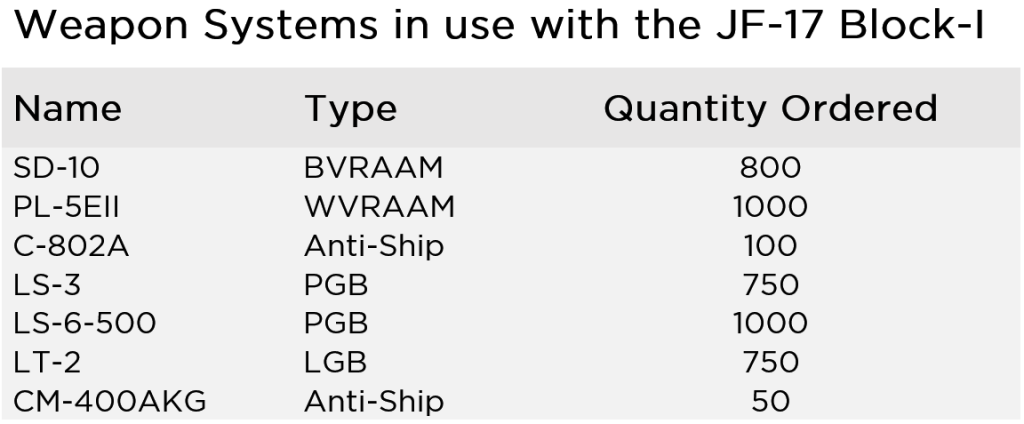
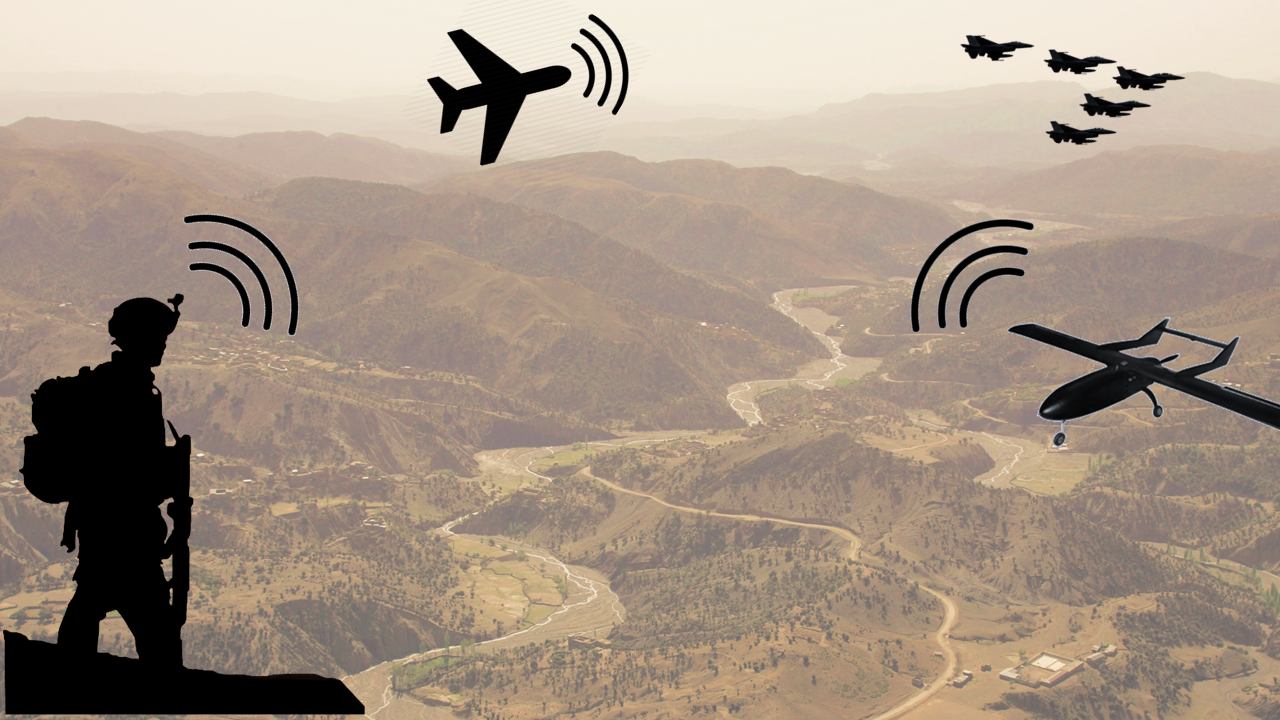
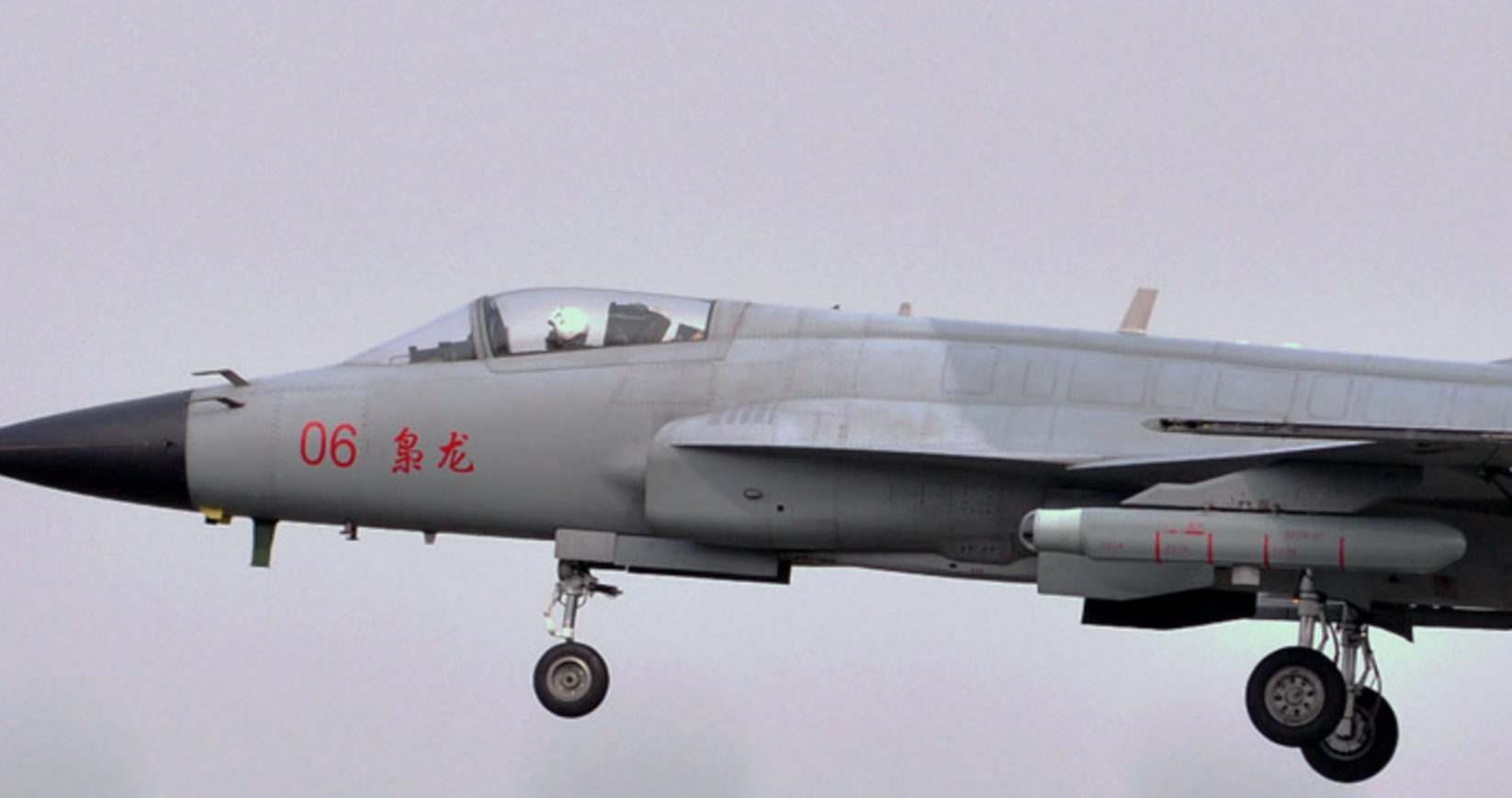
1 Comment
by Sami Shahid
Block 3 will be superior